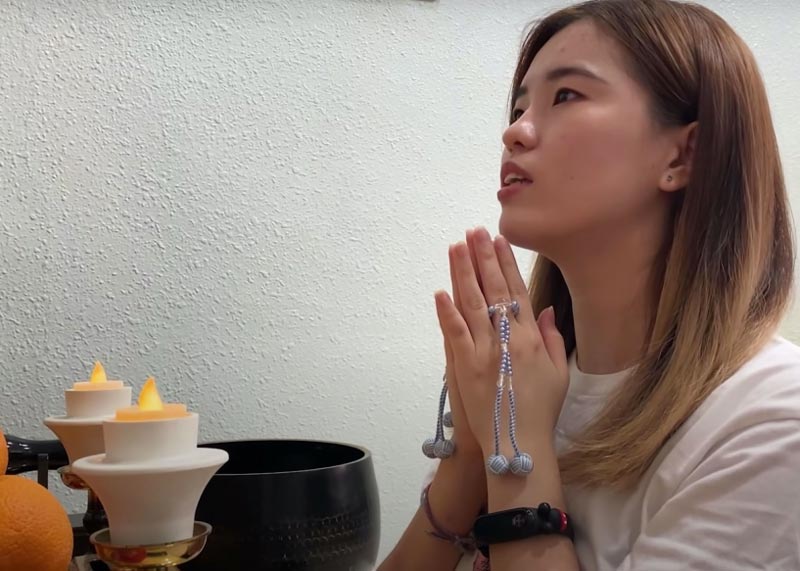Troubles and difficulties are an inevitable fact of life. The essence of Buddhism is the conviction that we have within us at all times the ability to surmount such suffering. This power, inherent in the depths of our lives, is the function of the fundamental Law or principle that underlies the workings of all life and the universe.

Shakyamuni, the founder of Buddhism, first awakened to this law some 2,500 years ago, discovering that the capacity to transform suffering was innate within his own life as well as the lives of all people.
This law was perceived by Nichiren, a 13th-century Buddhist priest, who named it “Nam-myoho-renge-kyo.” Nichiren developed a concrete practice based on the Lotus Sutra that enables all individuals to manifest the power of this law in their lives.
The practice of chanting Nam-myoho-renge-kyo can also be described as a vow, an expression of our determination to embrace and bring forth our Buddha nature. It is a pledge to oneself to never yield to difficulties and to win over one’s suffering. At the same time, it is a vow to help others activate this law in their own lives and achieve happiness.
Myoho-renge-kyo is the title of the Lotus Sutra in Japanese.
Nam
myoho
renge
kyo
Nam comes from the Sanskrit namas, meaning to devote or dedicate oneself. Here it signifies one’s embrace of and belief in the law.
Myo can be translated as mystic or wonderful, and ho means law. This law is called mystic because it is difficult to fathom—the reality that ordinary people, beset by delusion and suffering, are inherently Buddhas able to overcome any suffering or difficulty and help others do the same.
Renge means lotus blossom. The lotus flower is pure and fragrant, unsullied by the muddy water in which it grows. Similarly, the beauty and dignity of our humanity is brought forth amidst the sufferings of daily reality.
Further, unlike other plants, the lotus puts forth flowers and fruit at the same time. This illustrates the principle of the simultaneity of cause and effect; we can bring forth the power of the Mystic Law from within our lives at any time.
Kyo literally means sutra and here indicates the Mystic Law, the fundamental law that permeates life and the universe, the eternal truth.
How To Chant
To chant Nam-myoho-renge-kyo is an act of faith in the Mystic Law and in the magnitude of life’s inherent possibilities.
Nam-myoho-renge-kyo is not a mystical phrase that brings forth supernatural power, nor is it an entity transcending ourselves that we rely upon. It is the principle that those who live earnestly and make consistent efforts will win over all obstacles and live fulfilling, happy lives.

Source from Soka Global








